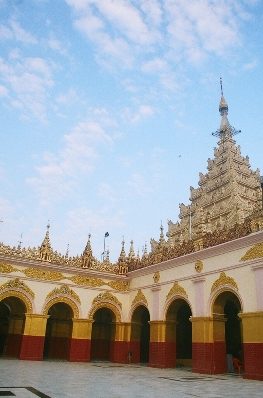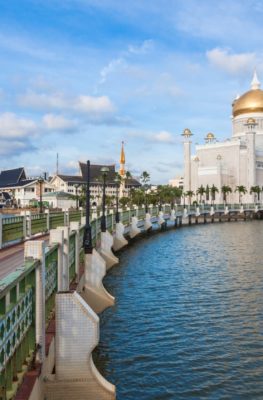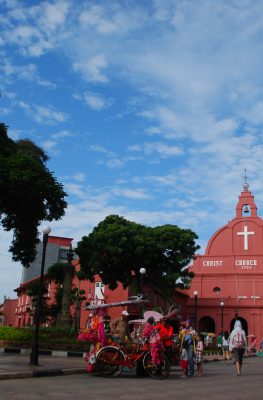Published on June 15, 2014
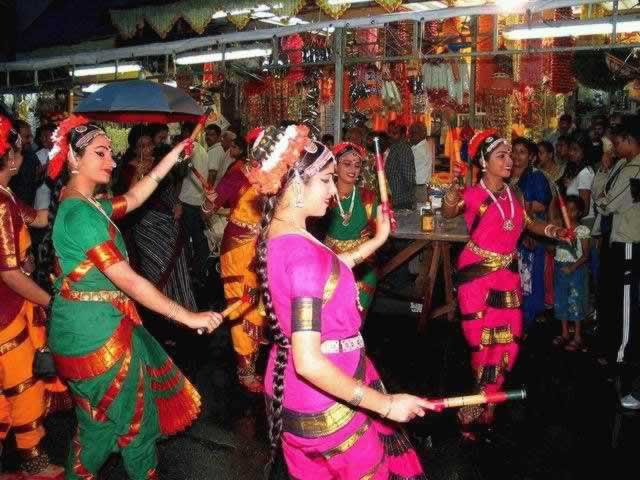
Hindu’s Pongal Festival (above)
Next to a wealth of religious and honouring ancestor festivals, the inhabitants South East Asia generously commemorate various ancient festivals dedicated to the agricultural cycle of growing and harvesting food, notably rice, Asia’s staple fare.
‘Pongal’, a Hindu thanks giving festival to nature, dedicated to the sun and rain gods, celebrated a/o in Singapore, is just one of those. Pongal means ‘boiling or spilling over’ in Tamil, indicating great quantity and affluence.
In the Philippines it is the ‘Tinagba’ festival (Iriga city) that stands out, celebrating a bountiful harvest. It coincides with the Catholic Feast of Our Lady of Lourdes and is characterized by a colourful parade of floats.
In Malaysia and Brunei a World Harvest Festival takes place, the high point of Sarawak’s Dayak community celebration together with next-door neighbours from Thailand, Indonesia and the Philippines. It is composed of a food festival, local community songs and folklores, a concert, parade, cock fighting, blowpipe matches and…..the Miss World Harvest contest. As such it provides a fascinating blend of old cultural traditions and modern aspirations of the Dayaks.

World Harvest Festival among the Dayak community (above)
In Cambodia the Festival of Water and Full Moon Salutation is related to farming as well. Amongst others it predicts rainfall distribution for the year to come.
Another one, the Royal Ploughing Ceremony, is an ancient royal rite held in Cambodia and Thailand to mark the traditional beginning of the rice-growing season.
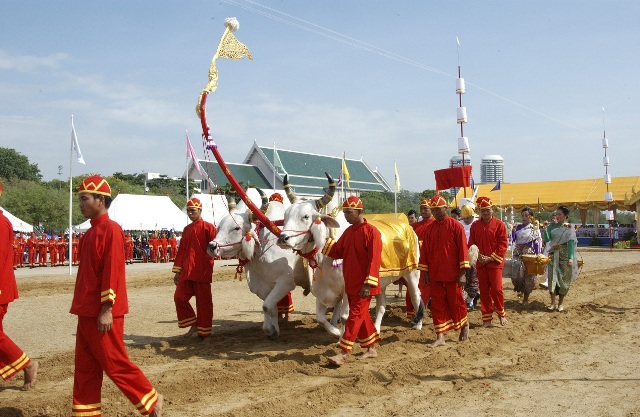
The Royal Ploughing Ceremony (above)
A specific harvest festival standing out from the crowd is a rice ceremony known as Boun Bang Fai (Laos) or Bun Bang Fai (Thailand). Bun Bang Fai or “rocket festival” is an ancient local festival popularly celebrated in Yasothon, a province in Thailand’s northeast. It is performed to call in supernatural powers to provide plentiful rain for rice cultivation of the next planting season and a celebration of fertility. The ‘Bang’ in the title of the feast refers literally to an explosion, as it regards self made, colourful rockets that are paraded to the launch site before being fired to ask the gods of rain for a good harvest free from drought, floods or vermin. In the meantime men camouflaged as women perform acts to irritate the gods who in return will send thunderstorms, it is expected. Folk music and cheers can be heard for each liftoff and the rocket that reaches the greatest height is the winner; truly, an unforgettable authentic experience for all the participants.
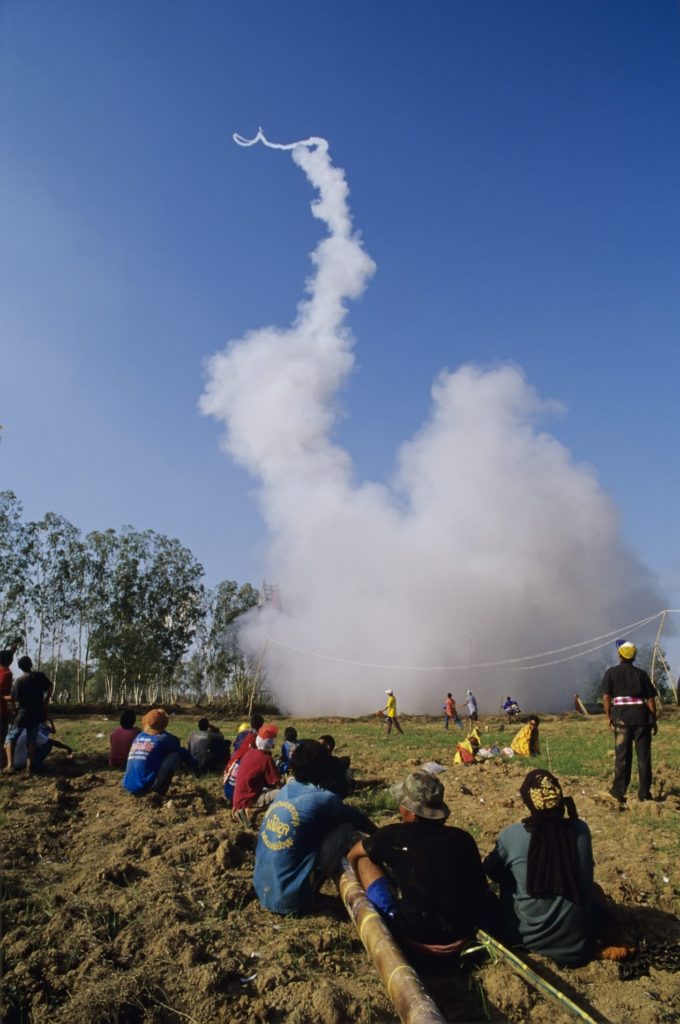
Bun Bang Fai or the “Rocket Festival” (above)
The National Geographic announced Bali’s Rice Harvest Festival (Indonesia) as the number 3 of the top ten harvest festivals, worldwide. During the harvest, villages are adorned with flags and unpretentious bamboo temples devoted to Dewi Sri – the rice goddess – are put up in the most sacred corners of the rice fields. Chanthaburi Fruit Fair (Thailand) was awarded the 4th place in the same competition.
Vietnam’s Trung Thu or Mid-Autumn Festival is a joy for children. According to folklore, it is meant to be a compensation for time spent by parents to prepare for the harvest during which they had no time to play with their children. To make up for it the festival is an opportunity for the former to show their offspring love and appreciation. It contains, inter alia the creation of masks and lanterns (to be used during a procession at dawn), traditional music and (dragon) dance performances.
Finally, Myanmar celebrates its winter harvest festival, Htamane Pwe. People bring in all kind of fruits of the land, such as rice, peanuts, coconuts, ginger and sesame and mix it in a big wok to prepare a sticky glutinous mass of those ingredients; a very labour intensive work that requires a lot of muscle power. The first batches of the dish are offered to Buddha, the remaining consumed by the festival goers.
Primary Sources: Websites ASEAN National Tourism Organizations; Wikipedia



